New book release: A step-by-step guide to creating student profiles. Get your free copy!
2Working with students one on one has always been my passion. I love every aspect of private yoga work—getting to know a new client; trying to figure out who they are and what kind of yoga practices would serve them best; empowering them to manage their condition and symptoms with yogic tools; and everything else that takes place when you are working with someone face to face. I haven’t always enjoyed the work that happens behind the scenes, specifically the paperwork, which includes goal setting, session planning, and keeping records of private yoga sessions. Unfortunately, keeping haphazard records in the past made it easy for me to stray off course in my work with students and made me feel flustered and disorganized. I was always wondering, am I forgetting some important detail? What did the client say about their condition previously? What exactly did we do in the last session?
That haphazard pattern continued until it dawned on me that it was much easier to fill out a preset template when you know exactly what information goes where rather than staring at the blank page in a notebook and not knowing where to start. Prompted by that knowledge, I started creating my own templates for my students’ records. I made templates for the intake form, student profile form, session planning form, and many others. Over the years, I kept refining those templates based on my needs and evolving standards of the yoga therapy field.
I made a conscious effort to take regular notes using the templates I made to keep track of my students’ health challenges, their goals, and the yoga practices they responded to favorably. As I began seeing more and more students, those records became easier to write and maintain. They were invaluable in reminding me about small details I might have forgotten and providing a road map of my students’ progress.
During that time, I also discovered another amazing benefit of recordkeeping—it was helping me become a better yoga teacher, and later, a better yoga therapist. Moving from a novice to an experienced practitioner in any field is a gradual process. When we take yoga teacher or therapist training and attend continuing education courses, we gain theoretical knowledge of the yogic tools and techniques but little practical experience. As we begin to work with students one-on-one, we gradually gain valuable experience of real-life application of the theoretical principles we’ve learned in our trainings. For any practical experience to become integrated with our body of knowledge, we need to process it by reflecting on and analyzing it. When we sit down to write (or type) our notes about our session with a student, we have an opportunity to reflect on what occurred during the session and process our experience of it. Far from a basic clinical record of what our clients tell us and what kinds of poses we do together, keeping up-to-date records of our work with private yoga students helps us gain a deeper understanding of yogic practices, observe different students’ responses to these practices, and draw conclusions about the effectiveness and applicability of the chosen techniques. Taking time to reflect, analyze, and process our work is invaluable for refining our skills as yoga therapists, helping us grow professionally.
Most healthcare professionals take regular notes as part of their practice, and as yoga teachers and therapists, we are gradually inching toward wider recognition of the role of yoga in health and healing. We also are becoming acknowledged among other health disciplines and slowly moving toward insurance reimbursement. Our notes will eventually be needed to satisfy insurance requirements and comply with established documentation norms.
Most yoga teachers and therapists haven’t had extensive training on how to keep students’ records, and in the beginning it might seem daunting. The most important thing when you are just starting out is to do something. My teacher Gary Kraftsow often says, “Doing nothing changes nothing, doing something changes everything.”
To help you jump-start your recordkeeping process or streamline and refine it, I created a set of two companion books to guide you along the way. One book is a step-by-step guide of how to do it, and another one is a workbook with everything you need to keep records of each individual student.
The Guidebook book provides step-by-step guidelines, instructions, and tips on how to keep comprehensive records of private yoga sessions. It outlines a yoga therapist’s scope of practice, explains the best recordkeeping practices, offers prompts on how to plan your sessions, and shows you what to include in your session notes. The book also contains numerous examples of various notes and assessments, relevant yoga references that might be useful in your work with your clients, and sample cut-out forms that you can give to your students. You can follow the structure outlined in the book to write your notes or use it as inspiration to chart your own course and figure out what works best for you.
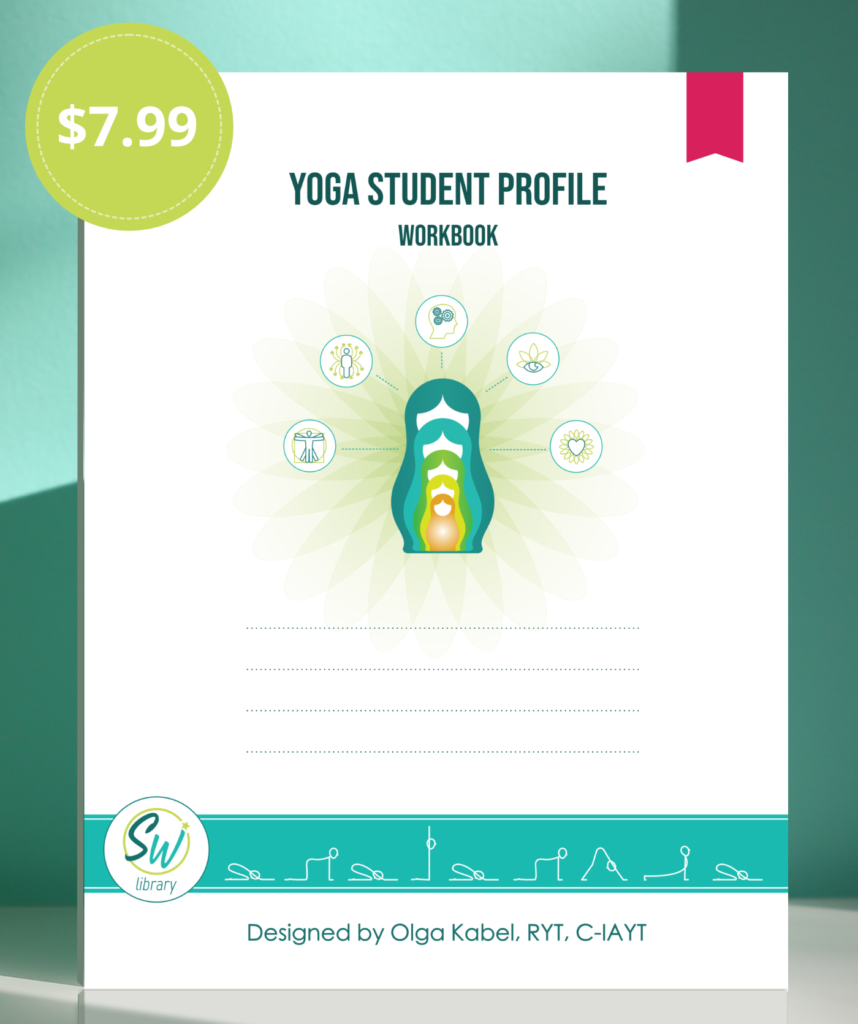 The Workbook is a blank template for keeping a complete set of records for one private yoga student. It includes prompts and guidelines on the type of information you need to collect from your student, a place to record all relevant information about your student and your work together, and sample cut-out forms to give to your student. In this workbook, you can document your structural and movement observations; write down your Ayurvedic, energetic, and personality assessments; map out your practice recommendations; list your goals and objectives; and record your individual private sessions’ content. This workbook has space for 12 individual sessions (session notes and practice sequences) and includes a template for a discharge report that you can fill out when you complete your work with the student.
The Workbook is a blank template for keeping a complete set of records for one private yoga student. It includes prompts and guidelines on the type of information you need to collect from your student, a place to record all relevant information about your student and your work together, and sample cut-out forms to give to your student. In this workbook, you can document your structural and movement observations; write down your Ayurvedic, energetic, and personality assessments; map out your practice recommendations; list your goals and objectives; and record your individual private sessions’ content. This workbook has space for 12 individual sessions (session notes and practice sequences) and includes a template for a discharge report that you can fill out when you complete your work with the student.
Check out this 2-minute video that outlines the contents of both books.
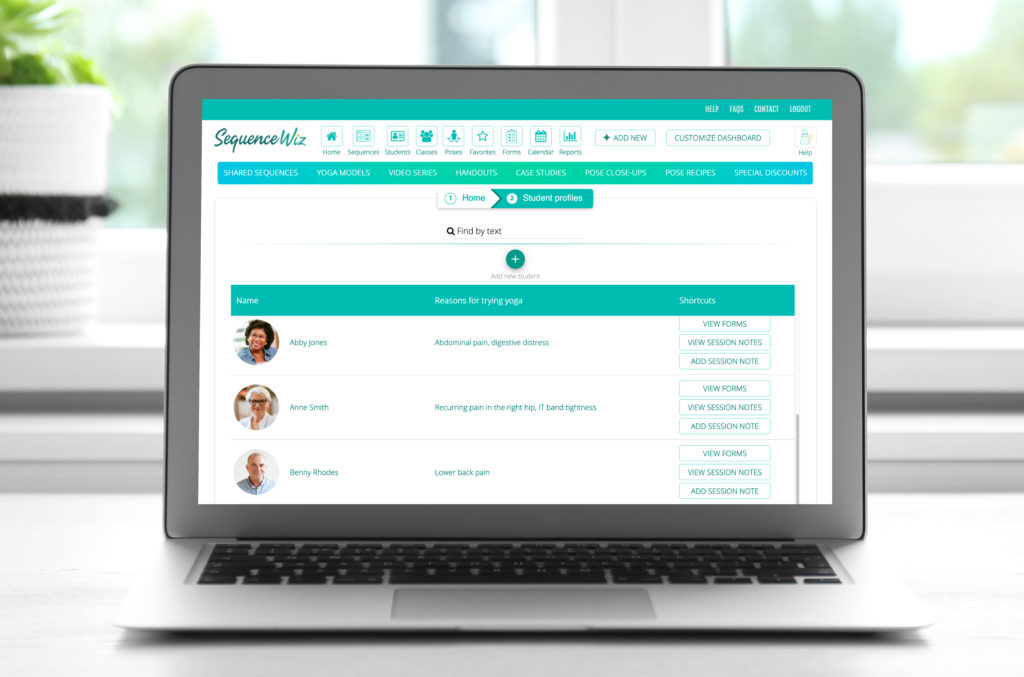 The Workbook contains the same student profile components as Sequence Wiz Student Management System for Yoga Teachers and Yoga Therapists online. Whether you prefer to keep paper or electronic records is up to you. Paper records provide a more familiar format, are easier to customize to your needs, and have lower upfront costs. Meanwhile, electronic health records help standardize, streamline, and organize information, improving efficiency and decreasing the need for storage space. The Guidebook will help you refine the content and structure of your notes, regardless of whether you keep them in paper or electronic form.
The Workbook contains the same student profile components as Sequence Wiz Student Management System for Yoga Teachers and Yoga Therapists online. Whether you prefer to keep paper or electronic records is up to you. Paper records provide a more familiar format, are easier to customize to your needs, and have lower upfront costs. Meanwhile, electronic health records help standardize, streamline, and organize information, improving efficiency and decreasing the need for storage space. The Guidebook will help you refine the content and structure of your notes, regardless of whether you keep them in paper or electronic form.
Whether you are a yoga teacher who works with students one-on-one, a recent graduate of a yoga therapist training, or an experienced yoga therapist, you can use the system outlined in these books to give structure to your recordkeeping, refine your thinking, and organize your practice.
Special Offer
In celebration of the New Year, you can get both books for FREE when you sign up (or switch to) an annual subscription to Sequence Wiz! To get your free books, sign up for your membership and send us an email with the book request and your mailing address. This offer applies to anyone who purchases the annual membership (PRO or PRIME) in January and expires on January 31, 2022.
You can also purchase a 10-pack of workbooks at a discounted price to create profiles for all your clients.
[jetpack_subscription_form]

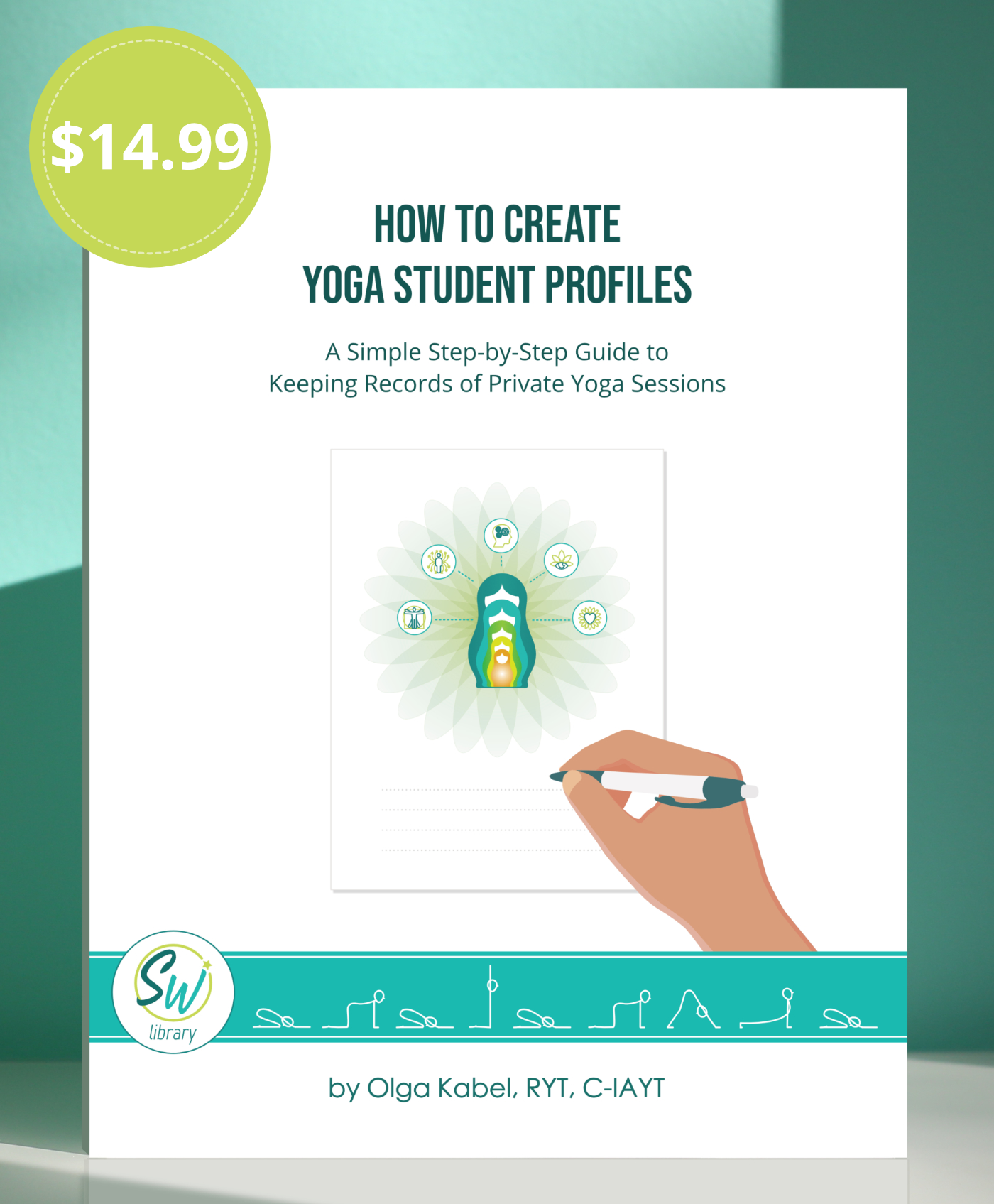
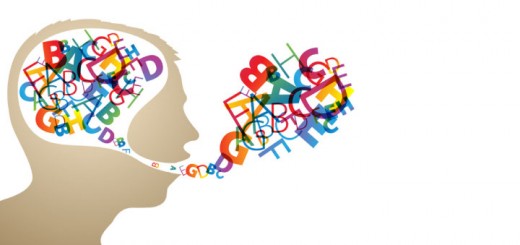
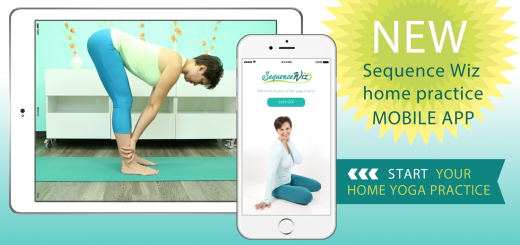

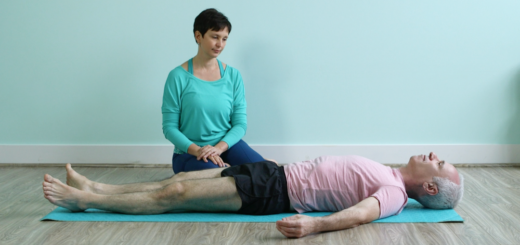















Hi Olga, This is fantastic. I have always ALWAYS appreciated your asthetics and have yet to meet anyone else who has such a consistent brand image. Right down to colors, font, and now this book. Well done, Yogi, well done. thank you
Thank you so much Linda; you don’t know how much this means to me! 🙂 It took a long time to develop consistency in the look and feel, so I am thrilled to hear that it comes through. And I can just hear Mirka’s voice behind the last part of your comment-good times 🙂